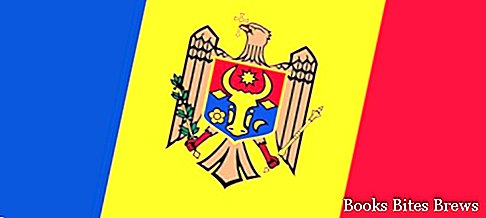General tourist information about Modavia, including geographic, climatic and ethnic characteristics of the population, with references to the natural resources and the main productive activities of the nation.
Moldova tourism
Landlocked Eastern European state, the Republic of Moldova is spread over a territory that occupies the south-western sector of the Sarmatic lowland, between the Prut river, which divides it from Romania, and the reliefs of the Ukrainian Podolia.
Most of the nation is characterized by an undulating plain, with predominant steppe vegetation, slightly interrupted by a hilly course, the height of which never exceeds five hundred meters.
This plain is crossed by the Dnestr river which, like all the other rivers of the state, flows into the Black Sea.
In the central area of the country there are beech and oak woods which in the past, much larger, covered about a third of the entire surface of the country.
The climate is continental, characterized by harsh winters and hot summers, with a mitigating influence exerted by the nearby Black Sea.
Rainfall is abundant, especially in the northern areas.
Almost half of the population is of Moldovan ethnicity, descending from the Romanian one, besides there are minorities of Ukrainians, Russians, Bulgarians and Gagauzi.
Atheists are more prevalent than those who observe the Orthodox religion.
The official language is Moldavian, practically identical to Romanian, although, until 1989, it differed in being written in Cyrillic characters.
As far as the economy is concerned, Moldova does not have raw materials, with the exception of some small gas and oil fields.
Recommended readings- Artimino (Tuscany): what to see
- Giulianova (Abruzzo): what to see
- Alessandria (Piedmont): what to see in 1 day
- Corigliano Calabro (Calabria): what to see in the medieval village
- San Galgano (Tuscany): what to see
The main source of energy is the dams operating on the Dnestr and Prut rivers.
Over half of the population lives in the countryside, given that the predominant production sector is represented by agriculture which, thanks to the good level of soil fertility, produces cereals, sugar beet, grapes, tobacco and rose essential oil.
The food sector is the main industrial sector, followed by steel, mechanical, electronic, textile and tobacco plants.




